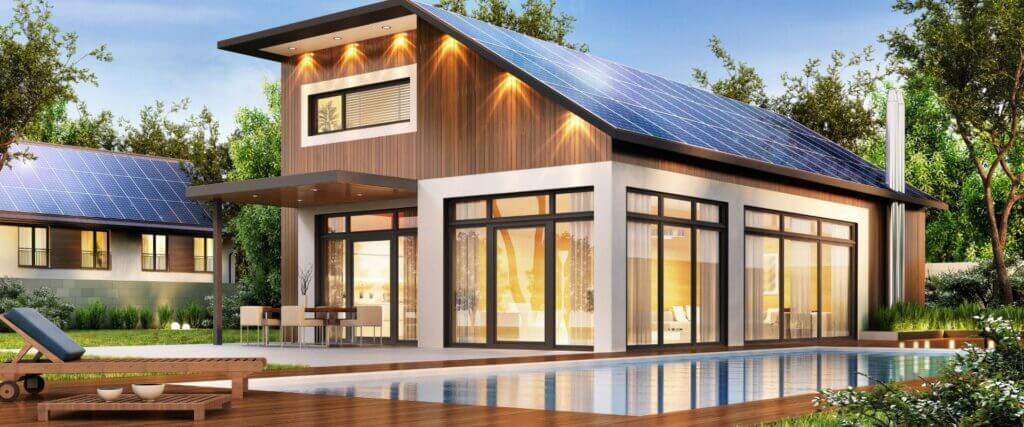-
Harnessing Solar Energy: A Sustainable Path to Power Your Home
In an era of rising energy costs and growing environmental concerns, homeowners are increasingly turning to sustainable alternatives to power their homes. Among these alternatives, harnessing solar energy has emerged as a popular and effective solution. Solar power offers numerous advantages, including reduced reliance on fossil fuels, lower electricity bills, and a smaller carbon footprint. In this blog post, we will explore how solar energy can be harnessed to power your home, highlighting the benefits, installation process, and the positive impact it can have on both your wallet and the planet.
The Advantages of Solar Energy
Solar energy presents a multitude of advantages for homeowners seeking a sustainable and cost-effective energy source. By harnessing sunlight, solar panels generate electricity without producing greenhouse gas emissions or contributing to air pollution. This not only helps combat climate change but also improves air quality, creating a healthier environment for all.
Moreover, installing solar panels allows homeowners to significantly reduce their electricity bills. As sunlight is free and abundant, once the initial installation costs are covered, solar power becomes a renewable and cost-efficient energy solution. Many homeowners even experience a surplus of electricity, which can be sold back to the grid, resulting in additional financial benefits.

Installation and Components
The installation of solar panels may seem like a complex process, but it is relatively straightforward. It typically involves a few key components:
- Solar Panels: These panels, made up of photovoltaic cells, capture sunlight and convert it into electricity. They are typically installed on the roof or in an area that receives maximum sun exposure.
- Inverter: The electricity produced by the solar panels is in the form of direct current (DC), which needs to be converted into alternating current (AC) to power household appliances. The inverter performs this crucial conversion.
- Mounting System: A sturdy mounting system ensures the secure attachment of solar panels to the roof or ground, optimizing their exposure to sunlight.
- Electrical Wiring and Meter: The solar panel system is connected to the electrical grid through wiring and a meter, allowing you to monitor electricity production and consumption.
-
Solar Panel Financing Options: Making Clean Energy Affordable
Are you concerned about the upfront costs of installing solar panels? Don’t worry, Solar Panel Victoria has got you covered! In this comprehensive blog post, we discuss various financing options available to make the switch to solar energy more affordable for homeowners. Explore different approaches such as solar leases, power purchase agreements (PPAs), and loans, and understand the pros and cons of each. Discover how these financing solutions can help you unlock the long-term savings and environmental benefits of solar power without breaking the bank.

Contact
Level 4 / 44 Lake View Drive, Scoresby, VIC, 3179, Australia
T: 1800 786 090
E: Info@solarpanelvictoria.website

